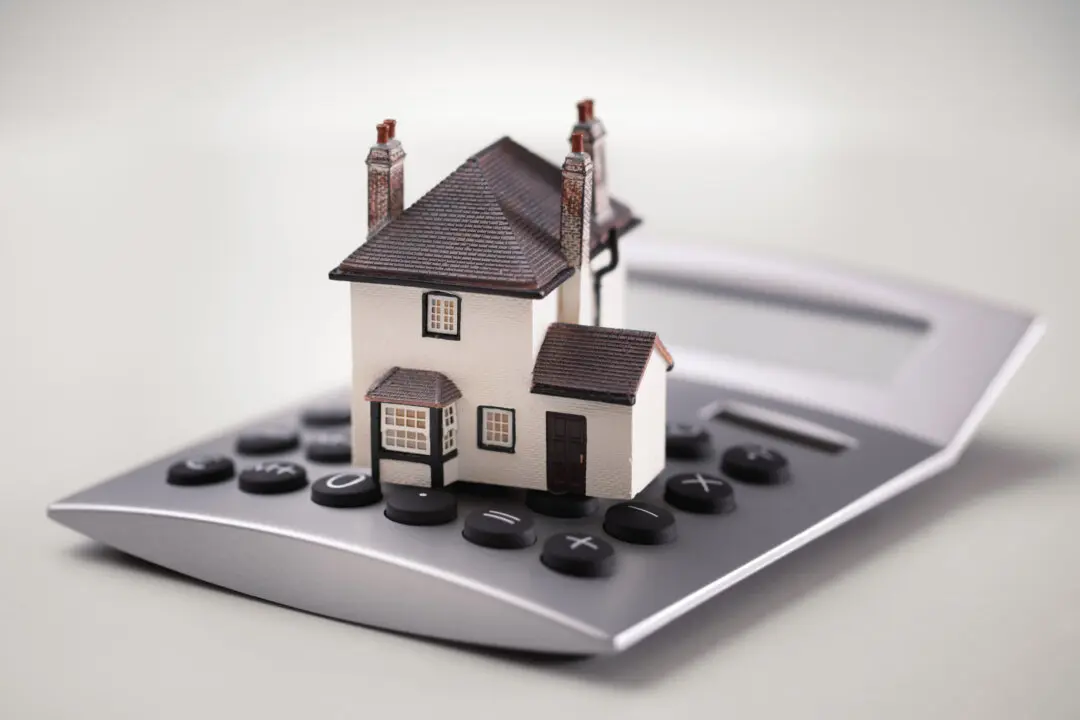By Paul F. P. Pogue
From Ask Angi
There’s no excitement quite like the adventure of your first home purchase. Signing on the dotted lines brings a whole new spectrum of challenges, but it also gives you a great chance to put your stamp on the new place. Here are eight great steps to make your home your own, whether you’re buying for the first time or the 10th.






